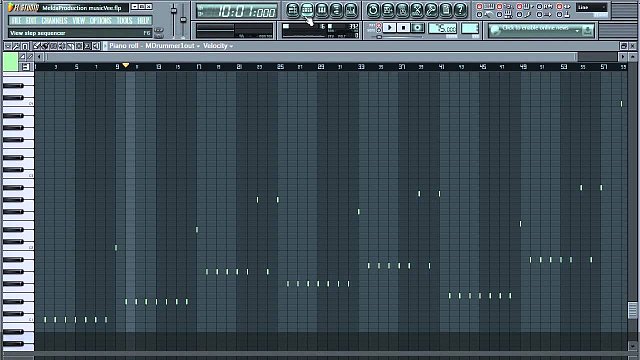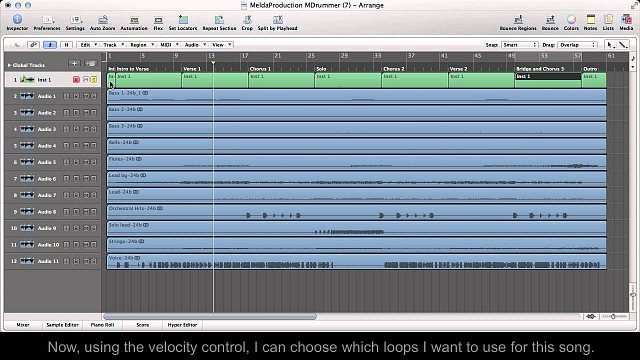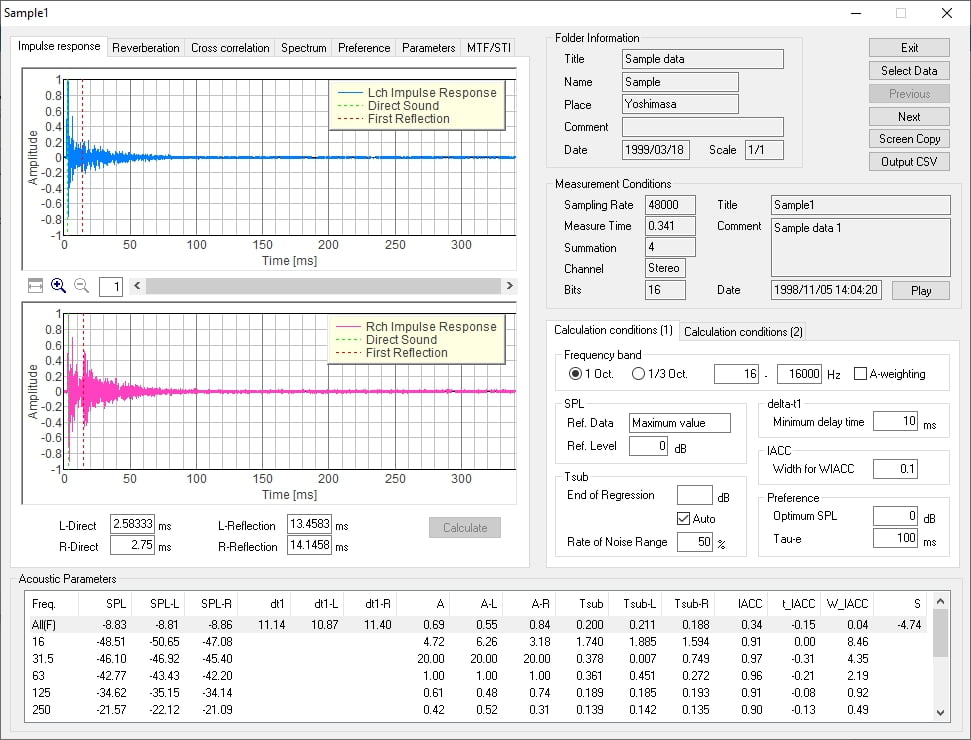
So if you’re looking for samples for your own old-school hip-hop productions, keep in mind the technical limitations of the producers back in the 80s and 90s. You can also filter out the high end and you will get that old-school feel instantly. The snares are usually quite dry and simple – therefore you need to find snares without a long tail or reverb. A kick drum with a heavy sub bass to it will not sound old-school, so you can filter that out with a high pass. So when you’re finding those drum loops and samples to begin constructing your retro hip-hop-flavoured track, it’s important to find those that sound rather dusty or distorted, but overall they need to sound like an actual physical drum recording, and not electronic.īut there are ways around that. They were now able to make their own drum loops! The more affordable LinnDrum (released in 1982) became a favourite for aspiring hip-hop producers. These products brought drum machines to the masses. In the 1980s the Roland TR-808 and the Linn LM-1 Drum Computer (the first drum machine with digital samples) were released. But then the drum machine entered the fray, and a new approach allowed greater creative flexibility. Back in those days, however, you still needed a mixer, two turntables and a lot of records to stitch these loops together. One of the most famous records used is Apache by The Incredible Bongo Band, check this song out and you will most likely recognise it immediately, since it has been used by many others and in many hits over the years.

They would play the same vinyl on both turntables and switch between them to create a continuous song. Hip-hop originated in the early seventies when DJs like Kool Herc and Grandmaster Flash started looping short drum solos or other parts from existing records. First, we need to understand how these old-school beats were made. But there are other ways to achieve the same kinds of effects, so don’t worry if you only have access to FL Studio (or any other DAW for that matter). So this can be a lot of additional work and maybe not within your reach. But you will need the right equipment and you would also have to start crate digging for the best vinyl records. This automatically gives you that old-school vibe through the hiss from vinyl and ‘choppiness’ of the samples. Indeed, the easiest way (and probably most popular way) to produce an old-school hip-hop beat is to sample old vinyl records through a sampler. It’s probably a good starting point to get an idea of the exact sound you’re aiming to recreate lined up. So today we are going to embark on a journey to see what elements make those classic hip-hop beats sound the way they do, and how we can build them ourselves using FL Studio. Most of these beats are actually quite simplistic, compared to contemporary beats, but that does not mean they are easy to make. I wasn't expecting a "catch," but nothing came at the end.There’s a lot of nostalgia for recreating classic sounds these days, and a lot of producers work tirelessly to recreate the vibes and feelings of the beats from yesteryear.
Mulab 7 tutorial software#
With many software options that let you make quick work of them, the software that comes with a limited amount of software, was only a piece away from working for years, so I was lucky enough to get one from a fantastic price without ever having to spend money. Rather, MuLabs' practices did not support this. Additionally, other softwares can be very complicated to read and load. Absolutely cut to the chase functionality.

Again this touches on the layout, but I cannot fully express how simple yet incredible the process felt.


Having said so, I don't believe I am incorrect. I always keep my inner skeptic to myself so I can use the stuff later. I admit I was somewhat skeptical about the software at first.


 0 kommentar(er)
0 kommentar(er)
